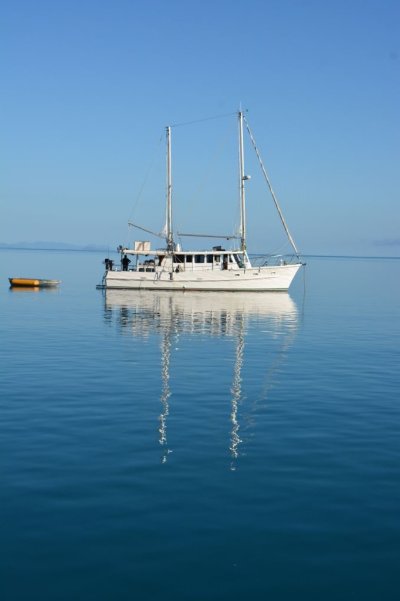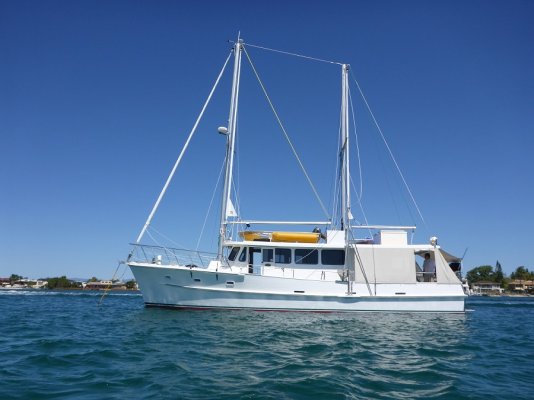C lectric
Guru
That boat/ship [post 29] with the sail looks a LOT like a vessel that was shore tied in various places around Howe Sound for a bunch of years. The owner I was told , was marking time untill he could finish it. When I saw it , it was pretty rough. Looks like he or someone did finish it.
Tis a North Sea type trawler. Good looking boat. This looks like the same vessel, other than colours, but I cannot say for sure. Glad to see it being used.
Tis a North Sea type trawler. Good looking boat. This looks like the same vessel, other than colours, but I cannot say for sure. Glad to see it being used.





